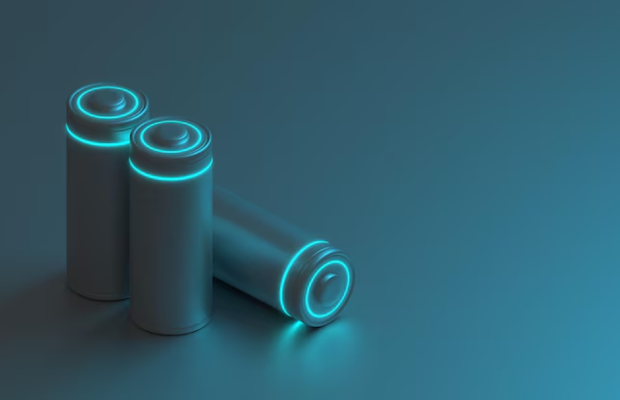Chinese researchers now promise to have discovered a sustainable way to extract lithium from seawater using solar energy. Chinese researchers have found a promising method, and it looks more feasible in extracting lithium from seawater with solar energy instead of with more conventional means. It may solve the growing demand for lithium, thanks to car batteries and renewable energy storage.
The element lithium is still primarily drawn from hard rock ores and natural brines, an energy-intensive process that also disrupts the environment. A new lithium extraction method from seawater powered by sunlight is now published in the journal “Science”, co-authored by Zhu Jia of Nanjing University and Mi Baoxia of the University of California, Berkeley.
They incorporated, in the solar-powered device called STLES (solar transpiration-powered lithium extraction and storage), a solar transpirational evaporator, a lithium storage layer, and a nano filtration membrane. This extracts lithium from seawater with the power of the sun, storing it in it.
Seawater contains some 230 billion tonnes of lithium, but the problem is that, because of these other minerals and salts present like magnesium and calcium, extraction has been a hard nut to crack. The traditional methods are expensive and inefficient. Zhu’s team went on to design an aluminium oxide membrane made from nanoparticles, which solves this problem. It passed on lithium ions while blocking other minerals and salts.
The extracted lithium is then scraped off using a porous material made from silica. The same method can also recover it by just rinsing it with water. This process is passively reliant, so it does not require other added inputs of energy; hence, it is ecologically and economically practical.
Another KAUST team has successfully isolated lithium from Dead Sea brine. In pilot tests, they achieved recovery of more than 80% of the lithium.

